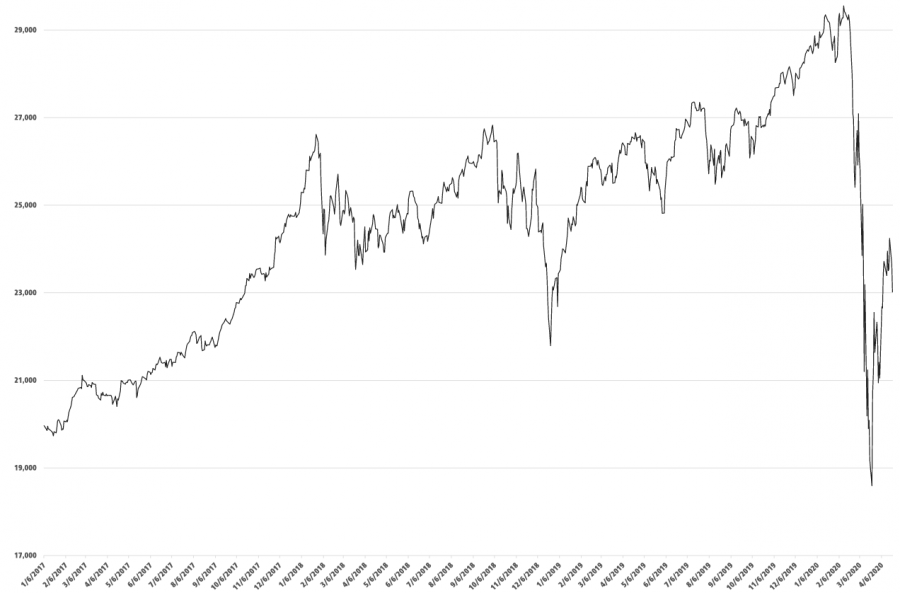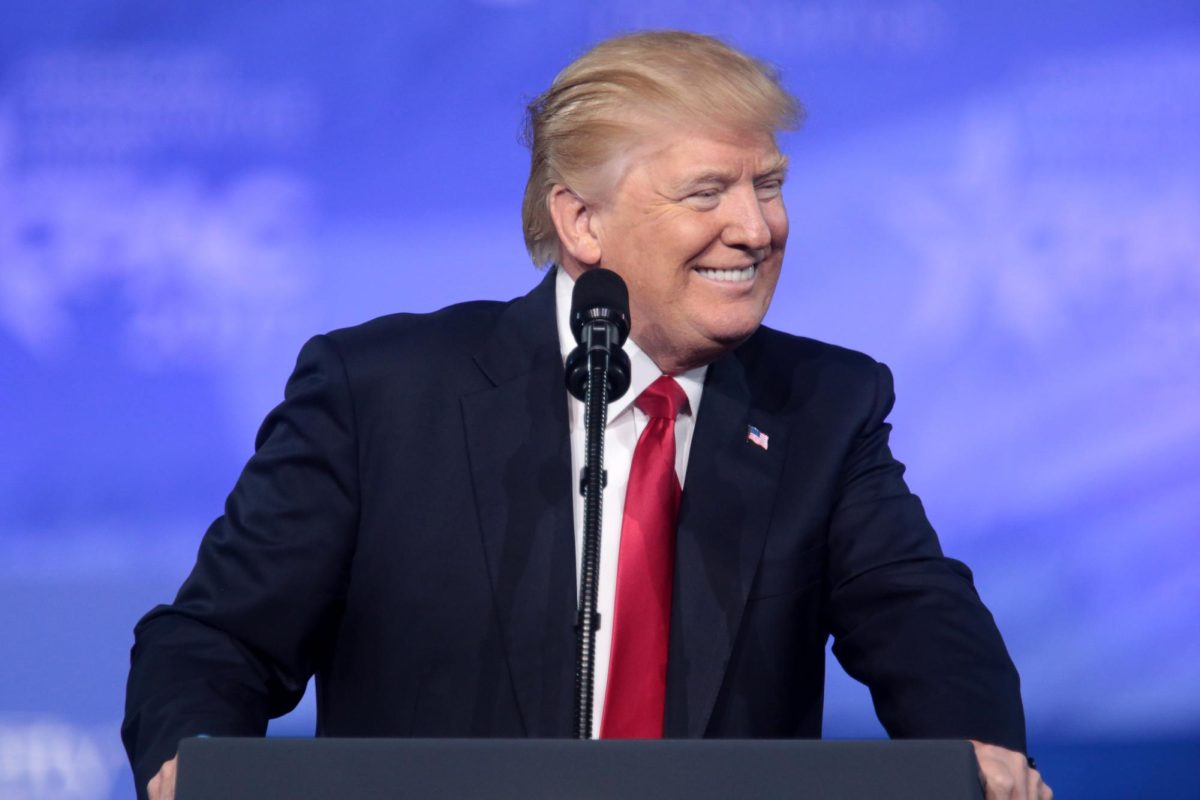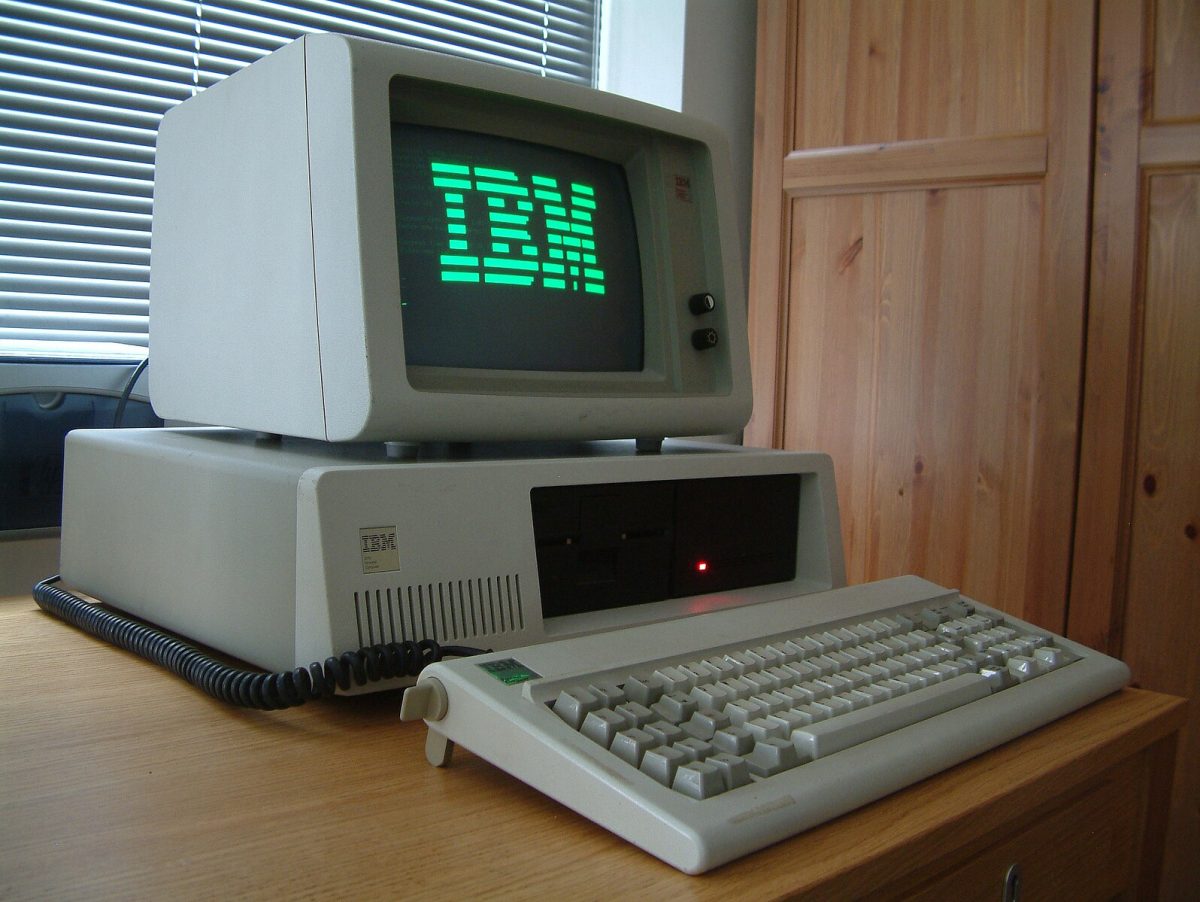Volatility reigns supreme in current market conditions. While capital markets were once dominated by bulls and bears, today, “another animal is on the rise. It doesn’t much care what stocks do, as long as they do something,” according to The Wall Street Journal.
The rise in volatile has been bolstered by fear of a second coronavirus wave as the United States and other countries reopen. A spike in cases may cause countries to backtrack, losing any economic progress gained by reopening.
As many states reopened, the national death toll passed 115,000 while reported cases neared 2.1 million. In New York, impatient citizens and businesses have begun to violate reopening guidelines—causing Gov. Cuomo to threaten to reverse reopening.
This economic uncertainty has pushed trading volatility to an all-time high.
“I don’t think there’s ever been a time when there’s so much uncertainty. That is typically good for volatility practitioners. Uncertainty is our friend,” said Paul Britton, founder of Capstone Investment Advisors LLC, one of the biggest investment firms specializing in trading volatility.
From 2010 to 2020, assets in hedge funds that trade market volatility have more than doubled from $9.02 billion to $19.42 billion. This is typically done in derivatives tied to the VIX, Wall Street’s “fear gauge”, also known as the Cboe Volatility Index.
It can also be done using options to speculate how far the market will swing, or with tools such as variance swaps.
“It started out as a metric. Now…the genie is out of the bag and volatility is everywhere,” Devesh Shah, someone who helped make the volatility gauge known as the VIX, said to The Wall Street Journal.
Although volatility dominates the markets during the day, in the long-term markets have been rising, much to the chagrin of cautious investors. The S&P 500 has experienced an 18% climb this quarter, and doubtful investors are “perplexed by what they deem a seismic disconnect between the battered economy and roaring financial markets,” according to The Wall Street Journal.
Several prominent investors have stepped up to publicly call stocks overvalued, including billionaire Jeffrey Gundlach of DoubleLine Capital LP and Scott Minerd, the global chief investment officer for Guggenheim Partners LLC. Despite this, the S&P 500 is up 36% from its March low as of June 14 and only down 5.9% for the year.
Contrary to what it seems, this cautious positioning by investors means equities could rise further as more participants are drawn into the markets. With many holding high levels of cash, those who abandon their bearish bets could end up supporting the rally, driving stocks higher.
In the coming week, investors will be on the lookout for the U.S.’s May retail sales report as evidence nationwide reopening is bolstering consumer sentiment. Earnings reports from construction company Lennar Corp. and software firm Oracle Corp. will also be released in the following week.







